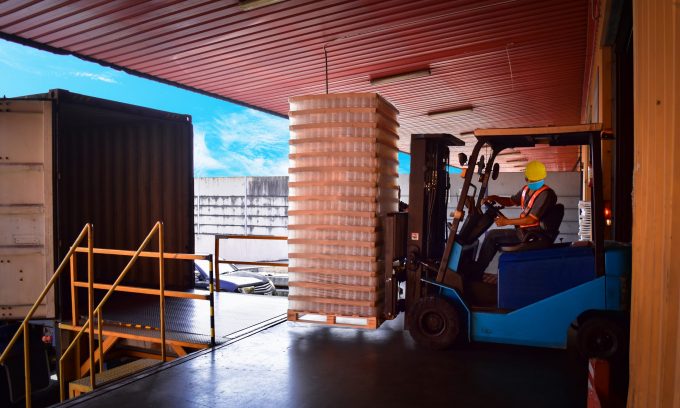LTL specialist Roadrunner offers full refund for late shipments
Roadrunner is chasing a bigger slice of the premium US LTL market with a full ...

Spot rates in the US truckload market have fallen over the recent months and appear to be weakening more after a brief spell of stabilisation.
But for shippers that rely on the less-than-truckload (LTL) sector, there is little hope of lower rates – if anything, they are likely to climb further.
Collective revenues of US LTL carriers rose 20.4% last year to $50.7bn, according to SJ Consulting Group. In addition to the manufacturing sector, its traditional strong suit, LTL has garnered rising ...
Volcanic disruption at Anchorage could hit transpacific airfreight operations
Macron calls for ‘suspension’ – CMA CGM's $20bn US investment in doubt
De minimis exemption on shipments from China to the US will end in May
Forwarders stay cool as US 'liberation day' tariffs threaten 'global trade war'
Mixed response in US to 'Liberation Day', while China leads wave of retaliation
Tariffs and de minimis set air freight rates on a volatile course

Comment on this article